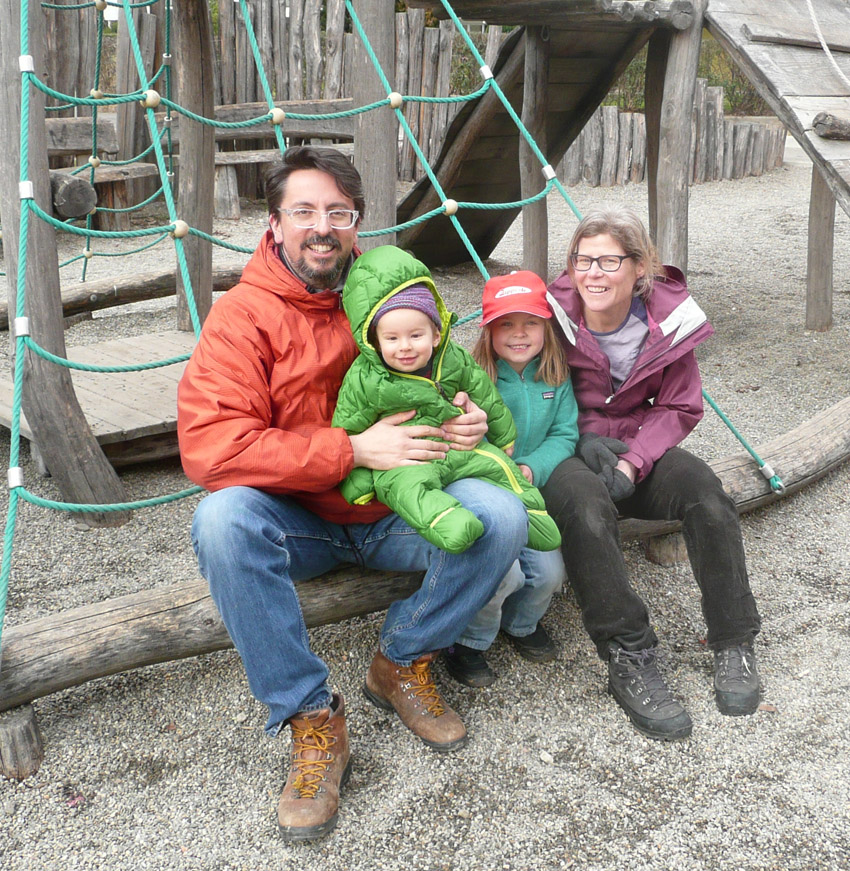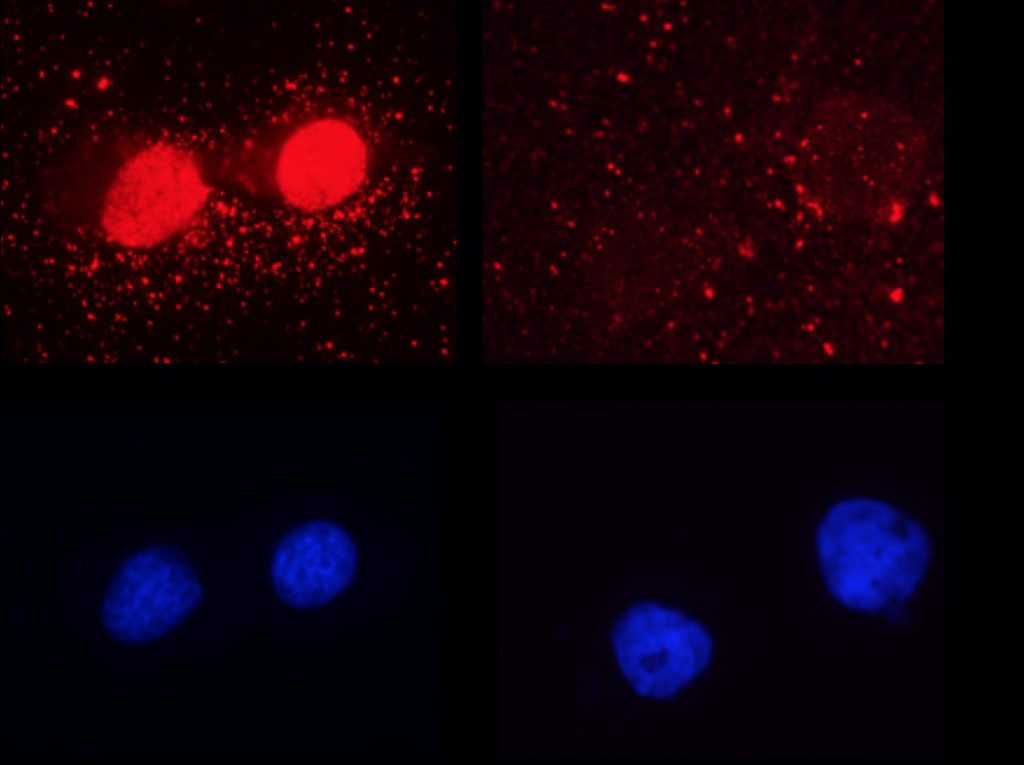Andreas Ladurner: Discovering the enzymes that shout ‘back to normal’

Former Genome Biology Unit group leader Andreas Ladurner and colleagues, recently discovered the enzymes responsible for indicating when cell stress is over and when the cell machinery should come out of defence and repair mode to resume normal functions. They also found that the absence of one of these crucial enzymes leads to a serious neurodegenerative disease.
The two discoveries, published in Nature Structural & Molecular Biology and in The EMBO Journal in March, pinpoint enzymes that researchers have been seeking for the past 30 years. Andreas, now Professor and Chair of the Department of Physiological Chemistry at the Ludwig-Maximilians-University (LMU), talks about his next steps, as well as reflecting on his workplace priorities.

Did you collaborate with other EMBLers?
Yes, the EMBL Protein Expression and Purification Core Facility was very much involved through Vladimir Rybin, who does a fantastic job providing great biophysical support with the isothermal titration calorimetry (ITC) measurements. We used EMBL’s ITC instrument a lot when I first started at EMBL in 2003, at a time when the method had not become as popular as it is now. The work (in NSMB) would also not have been possible without Dr. Markus Hassler, now a postdoc in Christian Häring’s group, who really was a driving force behind a lot of the structural work in our lab at EMBL.
What are your next research steps?
To study the role of the new enzymes at the cellular and physiological levels. Since there appears to be a fair amount of genetic redundancy for these components, we plan to look at the function of these proteins in the fruit fly. We are also keen to exploit proteomic approaches to figure out what proteins are modified by ADP-ribosylation during normal growth, as well as in various stress conditions, from DNA damage and heat-shock to hormone-induced gene activation and during metabolicmanipulation.
How does your new workplace compare?
There are many incredible colleagues here who complement what we do and are focused on doing great science. This was my biggest wish when leaving EMBL – to find a new home for my team that would allow us to continue to have critical feedback, a mass of expertise to tap into, and opportunities for collaboration. This collegiality and openness brings back the EMBL and EMBO spirit. Many are former EMBLers (Peter Becker, Patrick Cramer, Elena Conti, Jürg Müller, for example), as well as new colleagues from other great institutions in the USA, UK and France.
The support of my predecessor Walter Neupert, who maintained a very well functioning department after his retirement, meant that I could take over a running operation. It’s been like a two-person relay, and I owe him a lot.
What did you take away with you from EMBL?
The open door culture, the empowerment we give our PhD students and postdocs to take advantage of this culture and that your team and colleagues are the most important resource you have and that you protect, empower and foster for the long-term. I also have incredibly fond memories of the group leader retreats of the Gene Expression and Structural and Computational Biology unit, the support, camaraderie and sharp criticism – those were incredible opportunities.